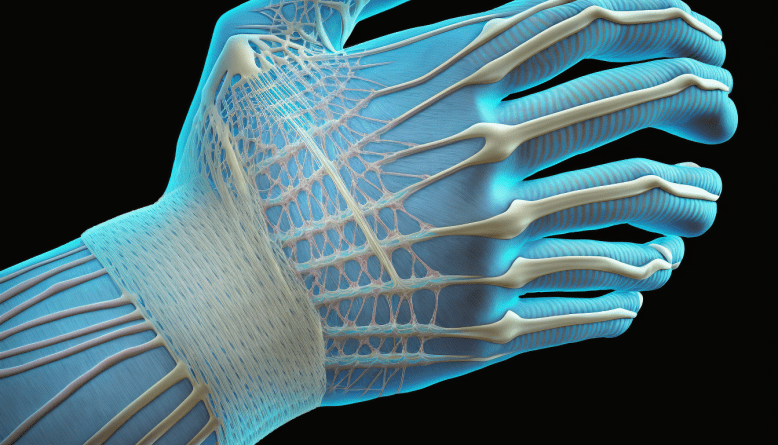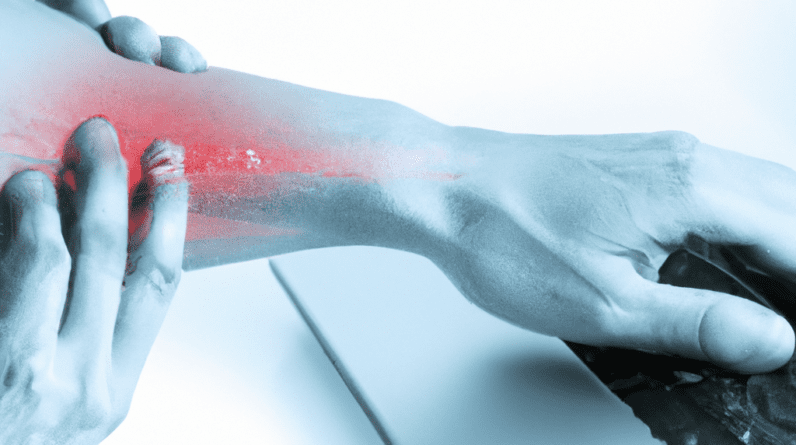Carpal tunnel syndrome is a common condition that affects the hands and wrists. It occurs when the median nerve, which runs through the wrist, becomes compressed or pinched. This can cause a range of symptoms, including pain, tingling, and numbness in the fingers, hand, and wrist.
If you’re experiencing beginning carpal tunnel symptoms, it’s important to address them as soon as possible to prevent the condition from getting worse. Here are some signs of beginning carpal tunnel syndrome to watch for:
- Hand and wrist pain: Pain in the hand and wrist is one of the most common symptoms of carpal tunnel syndrome. The pain may be a dull ache or a sharp, shooting pain that radiates up the arm.
- Numbness and tingling: Numbness and tingling in the fingers and hand are also common symptoms of carpal tunnel syndrome. You may feel a pins-and-needles sensation in the affected hand.
- Weakness: Carpal tunnel syndrome can cause weakness in the hand and fingers, making it difficult to grip objects or perform everyday tasks.
- Nighttime symptoms: Many people with carpal tunnel syndrome experience symptoms at night, which can disrupt sleep and lead to further discomfort.
If you’re experiencing beginning carpal tunnel symptoms, there are several steps you can take to alleviate discomfort and prevent the condition from worsening:
- Take frequent breaks: If your job or hobbies require repetitive hand movements, take frequent breaks to rest your hands and wrists.
- Stretch your hands and wrists: Stretching exercises can help alleviate beginning carpal tunnel symptoms. Your healthcare provider or physical therapist can recommend exercises that are safe and effective for you.
- Use ergonomic equipment: Using ergonomic equipment, such as a keyboard and mouse, can help reduce strain on the hands and wrists.
- Wear a wrist splint: Wearing a wrist splint can help keep your wrist in a neutral position and reduce pressure on the median nerve.
- Seek medical attention: If your beginning carpal tunnel symptoms persist or worsen, it’s important to seek medical attention. Your healthcare provider can diagnose your condition and recommend appropriate treatment options, such as physical therapy, medications, or surgery.
In conclusion, beginning carpal tunnel symptoms can be uncomfortable and disruptive, but they can often be managed with simple lifestyle changes and appropriate medical care. By recognizing the signs of carpal tunnel syndrome early and taking proactive steps to address them, you can alleviate discomfort and prevent the condition from getting worse.





